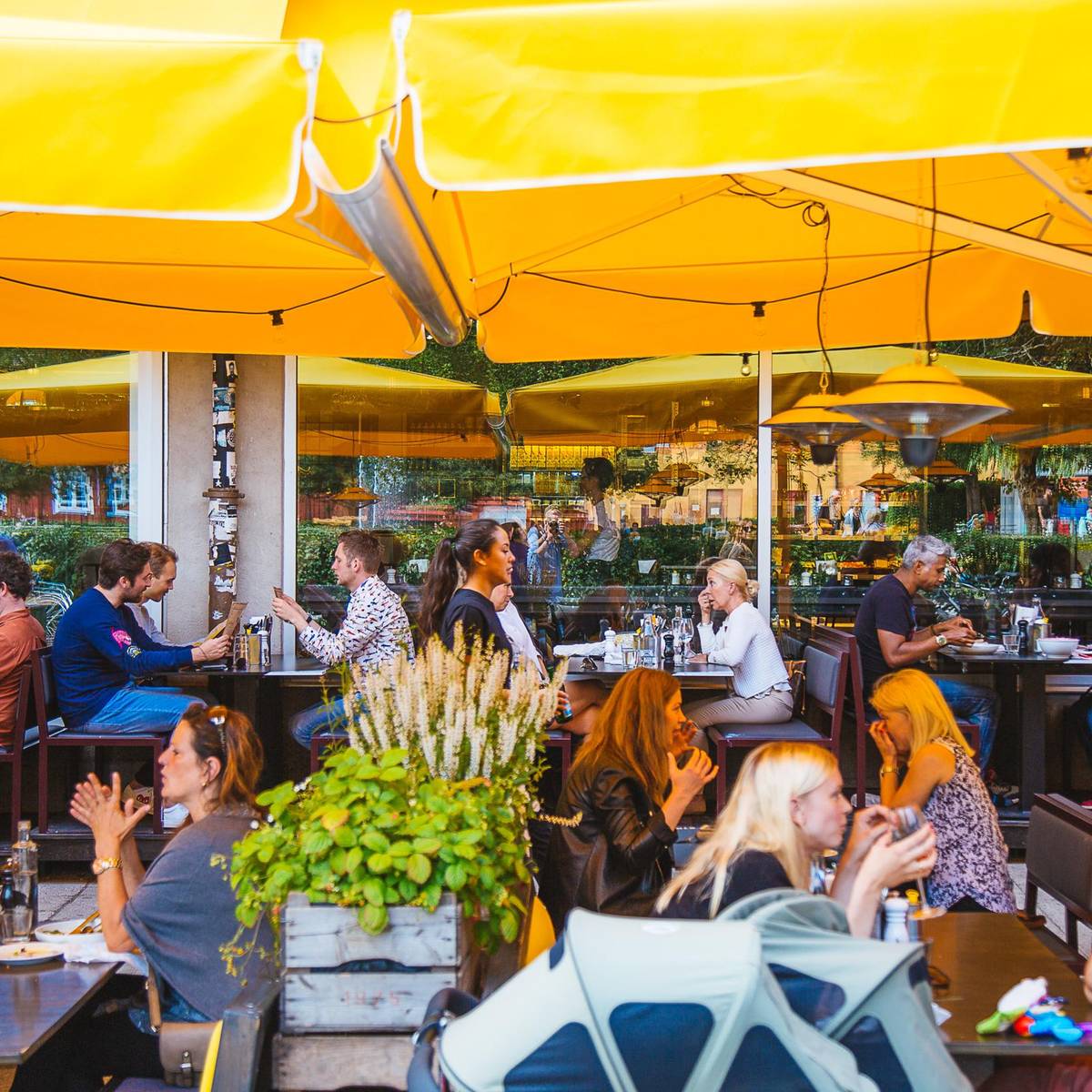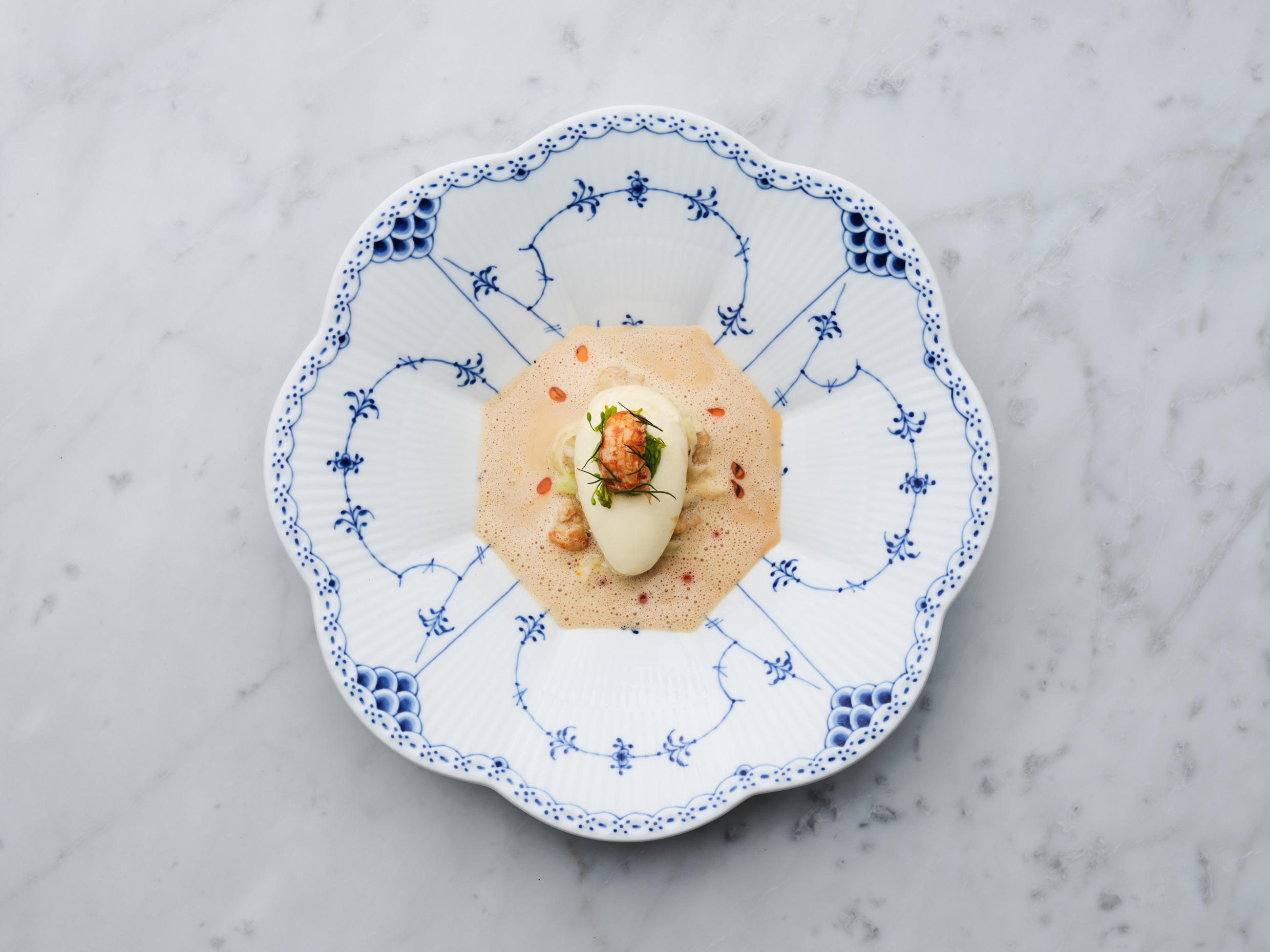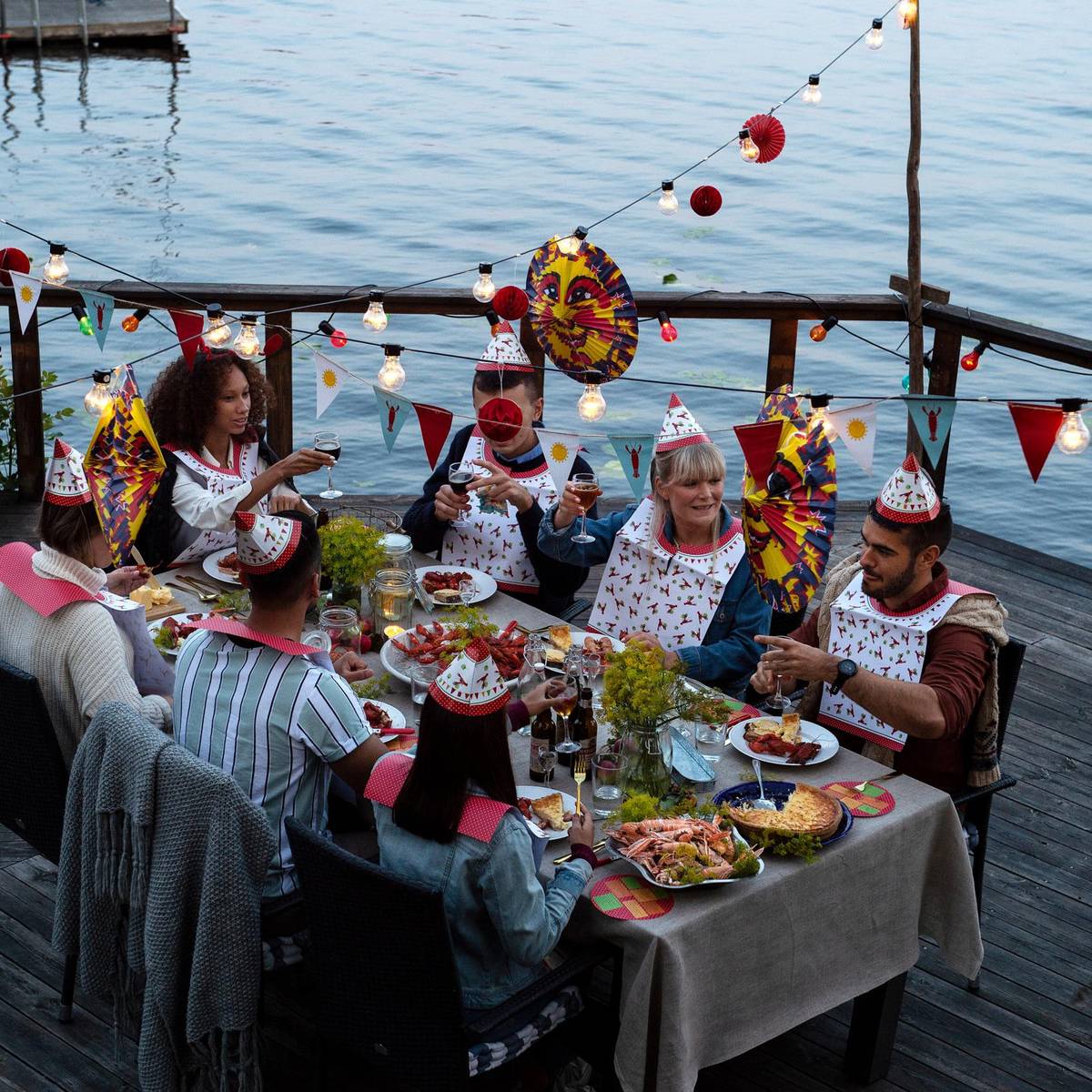With forward-thinking chefs, sustainable food systems and a considerable amount of foodies, Stockholm is one of Europe’s leading gastronomic destinations. No respectable Stockholm restaurant can afford to compromise on quality, taste or climate. No wonder it was named the European Capital of Gastronomy 2023.
But let’s go back to where it all began. Stockholm is home to some of the oldest restaurants in the world. Institutions that have been around for over 100 years, some even 300 years. They’ve acted as living rooms for world-famous celebrities, introduced dishes that have transformed the food scene and managed to evolve with the times, yet still staying true to their heritage.
Several of the restaurants on this list wouldn’t be the same or even exist today if it wasn’t for Tore Wretman. Tore Wretman (1916-2003) was a Stockholmer who worked his way up from a kitchen porter to one of the most acclaimed chefs and restauranteurs in Sweden. He introduced cooking for all and cherished Swedish comfort food (‘husmanskost’). It is often said that Tore Wretman was the one who put Sweden on the gastronomical world map.
The following restaurants are all located in central Stockholm and will serve you tasty Swedish food with an inevitable and irresistible side of history.




















